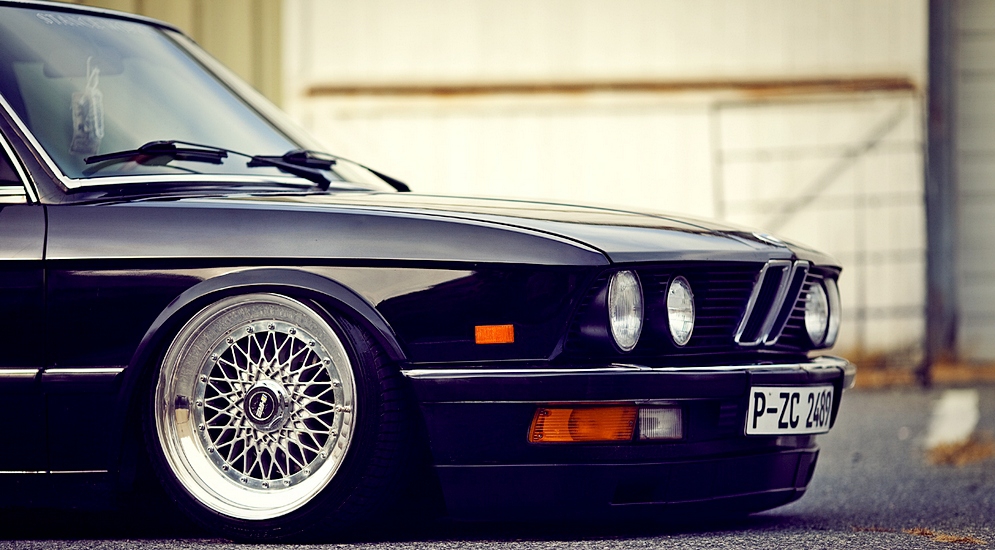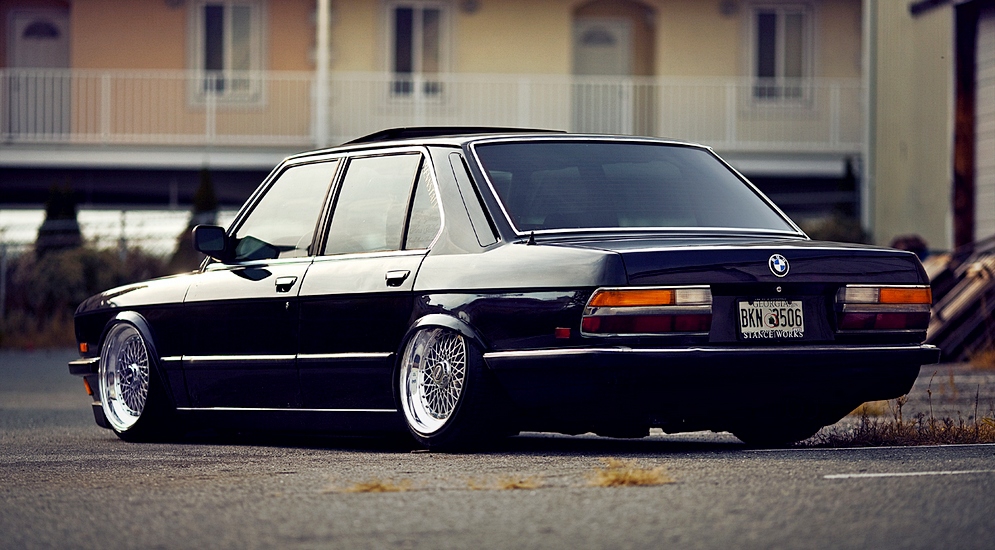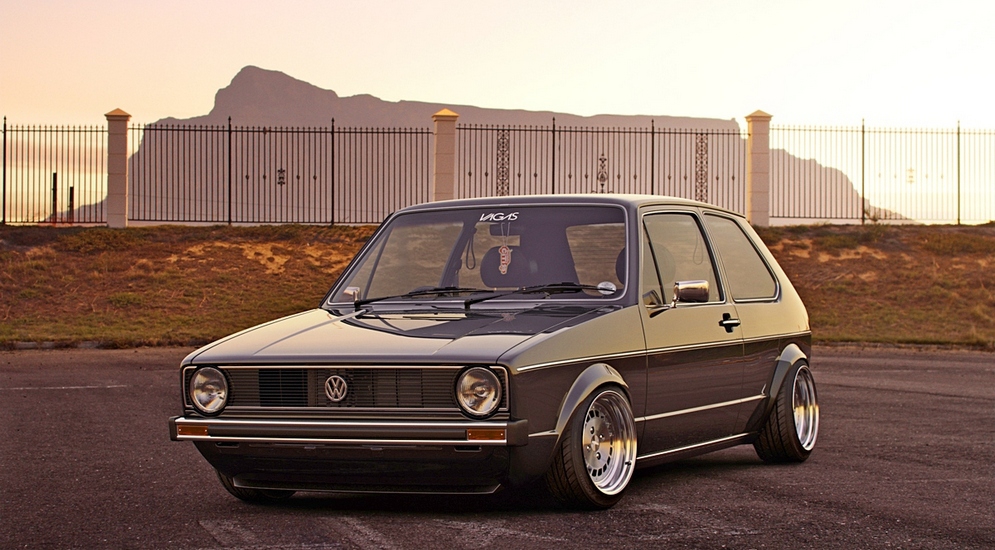Understatement of the car: how, what and why?
- the distance from the lowest point of the car body to the asphalt. The term is very well-known, and for many even paramount when choosing a car. The well-established understanding of “the greater the clearance, the better” is not always true, and we will consider these exceptions below.
Understatement (clearance, body or car) - respectively, a decrease in the ride height. Not landing, lowering or, God forbid, humiliation - we underestimate the car, and nothing else.
The word "rake" is responsible for the position of the front and rear of the body in relation to each other. The French rake is when the stern is lower than the front, the California rake is the other way around. The concept of "level" is a parallel that occurs most often, because rake is appropriate in a small number of directions, for example, in hot rodding. Just don't joke about potatoes in the trunk - we don't consider these cases.
For what?
Let's be impartial and divide into categories the cars, the understatement of which is necessary to one degree or another. Firstly, this is motorsport, or rather those types of it that are held on flat surfaces - circuit racing, asphalt rally stages, drift, time attack and the like. In such disciplines, the suspension can be “pinched down” to lower the center of gravity and improve control accuracy.
From sports, the fashion for understating went to public roads in the middle of the last century. Today, it has spread so far that it no longer matters whether the owner wants to make his car look sportier or just wants to stand out. So the second reason is appearance. In most tuning styles, lowering is the cornerstone. We have already written about some of them, such as and. The idea of pressing the car to the ground is justified from an aesthetic point of view: this is how it is visually perceived as one with the road - it is not for nothing that the ground clearance on most design sketches is minimal.

Suppose, for one of the reasons indicated above, you decide to underestimate your car. Before proceeding with this, it is worth figuring out which options are acceptable for your car. The final technical solution will depend on many factors, including the scope of the car, the design of the standard suspension, the amount of desired understatement and performance. The basis of any suspension is elastic elements (springs or springs) and shock absorbers. The former absorb road bumps and directly affect the height, while the latter dampen vibrations and are designed to work with this height. Therefore, with the exception of the minimum understatement, all listed parts must be modified or replaced.
Option number 1: non-adjustable suspension
The most budget solution is a “static” suspension, the height and stiffness of which are quite definite and cannot be changed. This option can be purchased for almost any car, otherwise it can be made to order. It is not worth cutting regular springs, since an increased load on the remaining coils can lead to their destruction, moreover, one can only guess about their characteristics. A similar situation with the removal of sheets from the springs - it is better to make the right option, because safety is the last thing you should save on.


This type of refinement is used in most packages from tuning studios and cars for every day, when the understatement does not reach extreme values. In addition to the low cost, such a suspension is easy to install, as it is installed instead of the regular one and does not require adjustment. This is where the minus comes from: if you are not satisfied with the height or rigidity, the details can only be replaced by others.
Option number 2: screw suspension
Slang "coilovers" or "screws" is common. The main difference from a completely “static” version is the ability to adjust the clearance and rigidity of the structure. The simplest of these suspensions allow only the movement of the spring support cup up and down and suffer from softness in the lower position and, on the contrary, excessive rigidity in the upper position, that is, when the spring is clamped.

Thus, the optimal use case is the “medium” height, and in terms of functionality, such a suspension does not outperform the first option much. Another thing is professional kits with the ability to independently adjust several parameters. Coil suspensions are the most popular option for motorsports and most types of tuning. The cost, depending on the kit, is in the range of $ 300-900, but can reach up to several thousand - undoubtedly more expensive than the first option, while there is a need for adjustment after installation and incompatibility with a spring-type suspension without significant modifications.
Option number 3: air suspension
The main difference is pillows with air instead of elastic elements. The system also includes a compressor to create pressure in the system, lines with valves, a control unit and a tank for compressed air, also known as a receiver. The most functional option, as it allows you to quickly change the height of the body above the road. In addition, pneumatics provide increased comfort and a smooth ride. No wonder most premium sedans and SUVs are equipped with a similar system at the factory - at high speed the car is able to cling to the road for better aerodynamics.
Relatively high cost (from one to ten thousand dollars) and labor-intensive installation work is a retribution for comfort in everyday use. Due to its properties, it is not found in motorsport disciplines, but has become widespread in almost all areas of tuning. Modern technical solutions make it possible to maintain a given clearance regardless of the load and weather conditions, and even change it remotely from a mobile phone.
Option number 4: hydraulic suspension
Roughly speaking, the same “pneuma”, only special hydraulic oil is used instead of air. Mostly used in classic American lowriders and similar "custom" projects.
There is only one reason: hydraulics are able to work under enormous pressure, allowing the car to bounce off the ground with separate wheels. Such car "dances" are an integral part of lowriding culture. The complexity of the installation, the need for a complete change in suspension geometry and, accordingly, a large budget are the reasons for the rarity of such a technical solution.
